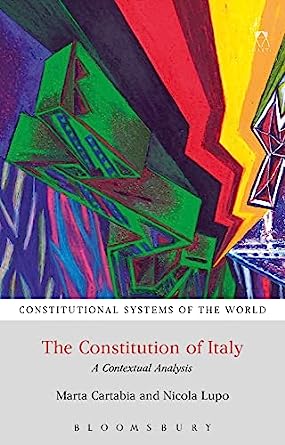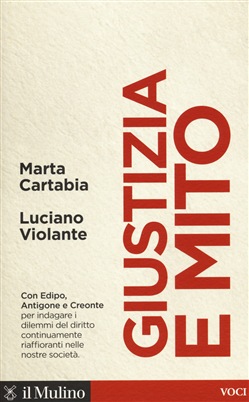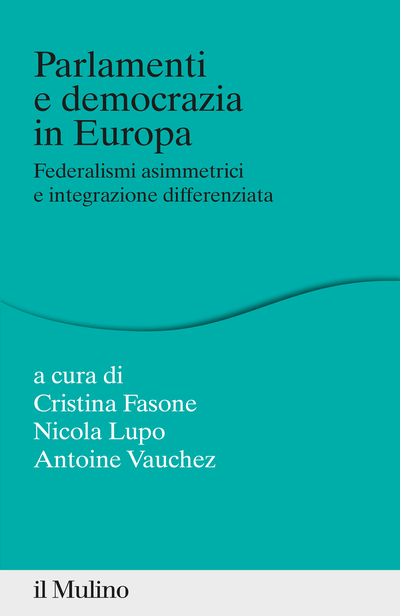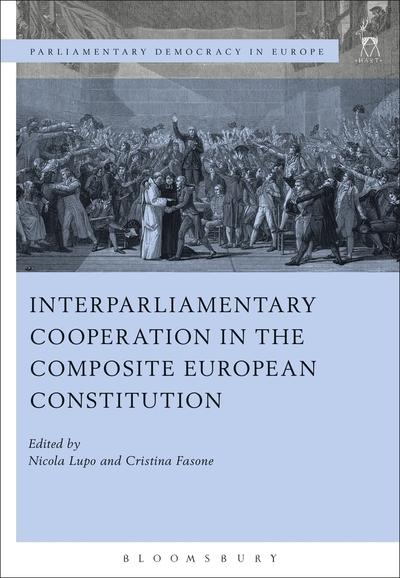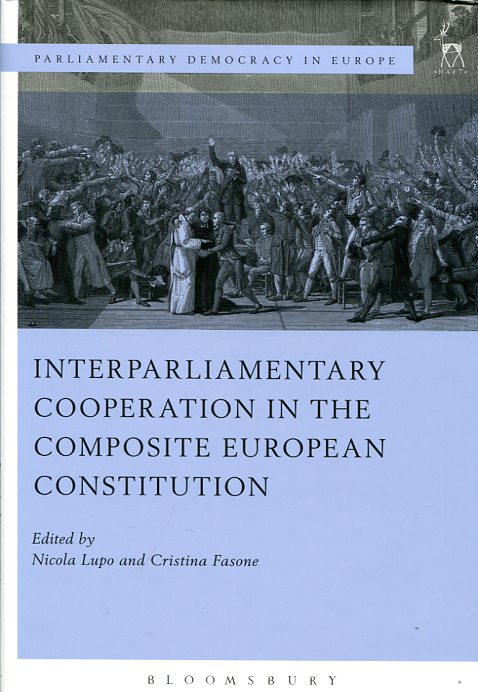The constitution of Italy
a contextual analysis
- ISBN: 9781509957866
- Editorial: Hart Publishing
- Fecha de la edición: 2023
- Lugar de la edición: Oxford. Reino Unido
- Colección: Constitutional Systems of the World
- Encuadernación: Rústica
- Medidas: 22 cm
- Nº Pág.: 288
- Idiomas: Inglés

This book introduces the reader to the Italian Constitution, which entered into force on 1 January 1948, and examines whether it has successfully managed the political and legal challenges that have occurred since its inception, and fulfilled the three main functions of a Constitution: maintaining a community, protecting the fundamental rights of citizens and ensuring the separation of powers.
1. The Making of the Italian Constitution and its Evolution I. Introduction II. The Albertine Statute III. The Fascist Regime, the Second World War and the Transition to the Republic (1922–1945) IV. The Constituent Assembly (1946–1948) V. The Rigidity of the Republican ConstitutionVI. Procedures for and Limits on Constitutional Amendments VII. The Most Important Constitutional Amendments VIII. The Evolution of the Italian Republican Constitution IX. ConclusionFurther Reading 2. The Italian Constitution within the ‘Composite’ European ConstitutionI. Introduction II. Openness to the International Order and its Foundations III. The Constitutional Principles on International Law IV. The ‘European Journey’ of the Constitutional Court V. The ‘Counter-limits’ Doctrine VI. The European Convention of Human Rights in the Italian Legal System VII. Constitutional Rules and Practice of Implementing EU Law VIII. ConclusionFurther Reading 3. Popular Sovereignty and Separation of Powers I. Introduction II. The Democratic Principle in the Italian Constitution: The Right to Vote and to be Elected III. Direct Democracy: The Abrogative Referendum and its Different Usages IV. Representative Democracy: The Electoral System and its Evolution V. ConclusionFurther Reading 4. Parliament I. Introduction II. The Italian Parliament in the Constitution III. A Symmetrical Bicameralism IV. The Internal Organisation of the Chamber and the Senate V. Privileges and Immunities of MPs VI. Parliamentary Rules of Procedure VII. The Legislative Process 2VIII. The Budgetary Process IX. The Oversight Function X. ConclusionFurther Reading 5. The Government: Between Politics and Administration I. Introduction II. The Structure of the Government III. The Confidence Relationship with the Two Houses of Parliament IV. The Primary and Secondary Normative Powers of the Government V. The Distinction between Politics and Administration VI. The Constitutional Principles on Public Administration VII. The Auxiliary Bodies and the Independent Authorities VIII. ConclusionFurther Reading 6. The President of the Republic I. Introduction II. Election, Term of Office and Substitution III. The Responsibility of the President of the RepublicIV. The Counter-signature and the Classification of the Acts of the President of the Republic V. The Shaping of the Role of the President of the Republic Throughout the Constitutional Experience VI. ConclusionFurther Reading 7. Regional and Local Government I. Introduction II. Origins and Evolution of the ‘Republic of Autonomies’III. The Constitutional Framework and its Delayed ImplementationIV. Special and Ordinary Regions V. The Direct Election of the Presidents of the Regions and Statutory Autonomy VI. The Distribution of Legislative Competences between the State and Regions VII. Administrative Autonomy and the Principles of Subsidiarity and Loyal Cooperation VIII. Financial Autonomy IX. Local AuthoritiesX. ConclusionFurther Reading 8. The Judiciary I. Introduction II. The Evolution of the Judicial Function III. The Separation of Powers and Judicial Independence IV. The Organisation of the Judiciary V. Judicial Responsibility VI. ConclusionFurther Reading 9. The Constitutional Court I. Introduction II. Historical Background III. The European Model of Constitutional Adjudication IV. The Constitutional Court: Composition and FunctionsV. The Court’s Delayed Establishment and First Years of Activity: Reviewing Fascist Legislation VI. A Variety of Remedies VII. The Incidental Procedure and the Relationship with Ordinary Courts VIII. The Constitutional Court and European Courts IX. The Relational Character of Italian Constitutional Adjudication and Internal Collegiality X. ConclusionFurther Reading 10. Protection of Rights I. Introduction II. The Evolution of Constitutionalism and the ‘Age of Rights’ III. Inviolable Rights IV. The Italian Approach to Fundamental Rights: Personalism, Pluralism and Solidarity V. Codified Rights and New Rights VI. Limiting Rights VII. Judicial and Non-judicial Safeguards VIII. Key Rights IX. ConclusionFurther Reading

